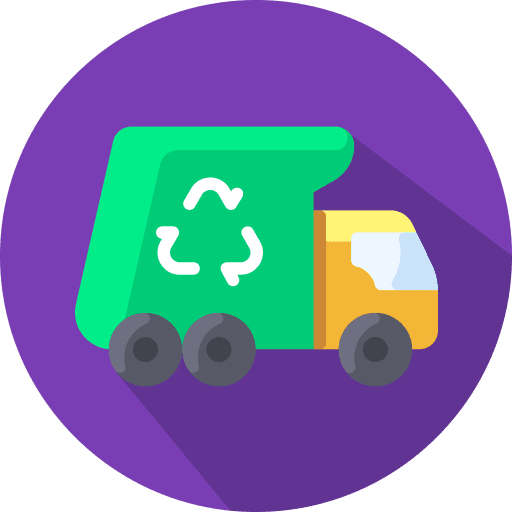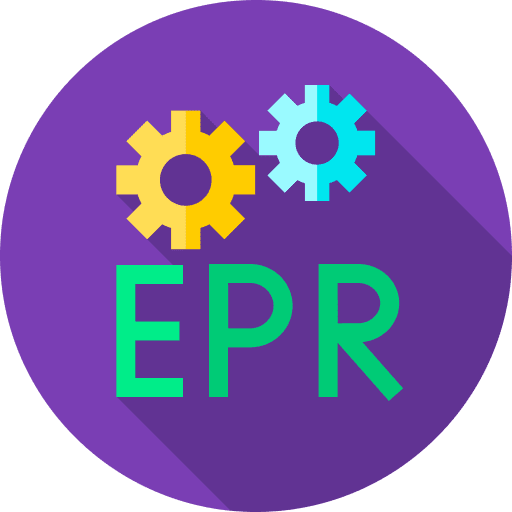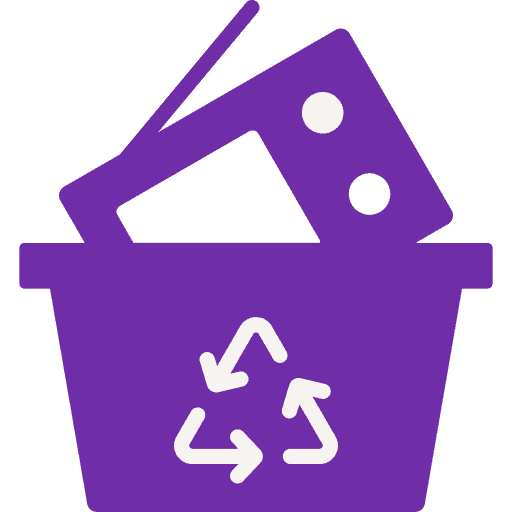In recent years, the concept of a circular economy has gained significant traction and recognition as a sustainable and innovative approach to resource management. Shifting away from the traditional linear economy model, where resources are extracted, utilized, and ultimately discarded as waste, the circular economy aims to create a closed-loop system that maximizes resource efficiency and minimizes environmental impact.
One such Waste Management company in Coimbatore named Cercle X has started their journey in the field of managing the waste from Industries and are working with brands for EPR Plastic Waste Management and are the leading scrap trader in India.
The transition from a linear to a circular economy presents immense opportunities for businesses, governments, and individuals to reshape their practices and contribute to a more sustainable future. By embracing the principles of the circular economy, we can unlock a myriad of benefits, including reduced waste generation, enhanced resource productivity, and the development of new business models that prioritize longevity, durability, and circularity.
At its core, the circular economy promotes the idea of retaining the value of products, components, and materials for as long as possible within the economic system. This involves designing products with durability and reparability in mind, fostering remanufacturing and refurbishment processes, and encouraging the adoption of sharing and collaborative consumption models. By extending the lifespan of products and materials, we can minimize the need for constant production and extraction, conserving valuable resources and reducing environmental degradation.
Furthermore, the circular economy emphasizes the importance of recycling and reusing materials, thereby closing the loop on resource utilization. Through effective waste management systems, advanced recycling technologies, and the implementation of circular supply chains, we can transform waste into valuable resources, creating a regenerative and sustainable system. This not only mitigates the negative environmental impact associated with waste but also presents economic opportunities, job creation, and the potential for the emergence of new industries and sectors.To fully embrace the transition from a linear to a circular economy, collaboration and innovation are essential. Governments, businesses, and individuals must work together to drive systemic change, implement supportive policies, and invest in research and development to enable the widespread adoption of circular practices. Education and awareness play a crucial role in inspiring behavioural shifts and cultivating a mindset that values resource efficiency, sustainable consumption, and responsible production.
In conclusion, the shift from a linear to a circular economy represents a paradigm shift towards a more sustainable and resilient future. By reimagining the way, we produce, consume, and manage resources, we can build a circular economy that not only conserves our planet’s resources but also fosters economic prosperity and social well-being.
Differences between Linear and Circular Economy
| No | Linear Economy | Circular Economy |
| 1 | Take-Make-Waste Economy | Make-Use-Return Economy. |
| 2 | Short-Term Focus | Takes a Long-Term View. |
| 3 | Based on a Linear Flow of Resources | Based on a Circular Flow of Resources. |
| 4 | Has a Top-Down Approach | Has a Collective Approach. |
| 5 | Based on Ownership | Based on Access. |
| 6 | Involves Extraction and Depletion of resources | Involves Reuse and Recycling of Resources. |
| 7 | Follows a Linear path of resources | Follows a Closed-Loop Cycle of Resources. |
| 8 | Focused on Profit Maximization | Focused on Resource Efficiency and Sustainability. |
| 9 | Based on a Production, Use and Disposal | Based on a Model of Production, Reuse and Recycle. |
| 10 | Based on a Linear Model of Growth | Based on a Model of Stability. |
| 11 | Focused on Consumption | Focused on Production. |
| 12 | Has a Traditional Economic Model | Has a more Modern Economic Model. |
| 13 | Based on a concept of “Buy More” | Based on a Concept of “Use More wisely”. |
| 14 | Focused on Short-Term Gains | Focused on Long-Term Benefits. |
| 15 | Relies on Finite Resources | Relies on Renewable Resources. |
Pros and Cons of Linear Economy
Pros
Low production and labour costs due to simplicity and efficiency. Low environmental impact due to fewer resources and energy being used. Easier to manage and control due to its simple nature.
Cons
Waste and pollution from the products created in the linear economy cannot be reused. Products become obsolete quickly and are replaced with newer models. Lack of incentives for companies to invest in research and development for more sustainable production practices.
Pros and Cons of Circular Economy
Pros
Reduced waste and pollution due to the reuse of materials and products. Increased resource efficiency due to the closed loop production process. Creates economic opportunities for businesses to invest in research and development for more sustainable practices.
Cons
Higher production and labour costs due to complexity and inefficiency. More resources and energy are used in the closed loop production process. Requires more complex management and control systems.






